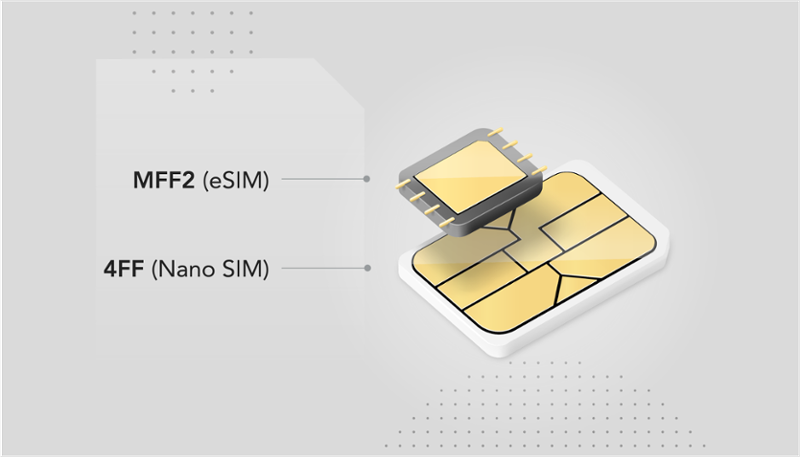
Humane, a startup founded by former Apple design and engineering leaders Imran Chaudhri and Bethany Bongiorno, has recently unveiled its first product: the Humane Ai Pin. The Ai Pin is a wearable device that clips to your clothing and uses artificial intelligence (AI) to provide you with various personal computing experiences. The device can project an interactive interface onto nearby surfaces, recognize objects and people around you, translate languages, answer and place phone calls, and more. The Ai Pin is powered by a Qualcomm Snapdragon chip and runs on a software platform that leverages generative AI and real-time contextual information. Humane claims that the Ai Pin is a new type of standalone device that enables seamless, screenless, and sensing interactions.
The Ai Pin was first revealed at a Coperni fashion show in Paris in September 2023, where models wore the device as part of their outfits. Humane later gave a full unveiling of the device on November 9, 2023, in a launch video that showcased some of the features and use cases of the Ai Pin. In the video, Chaudhri and Bongiorno demonstrated how the Ai Pin can be activated with a tap, and how it can project a holographic display onto the palm of their hand or the surface of a table. They also showed how the Ai Pin can use its camera and computer vision to scan and identify objects, such as food labels, books, and paintings. The Ai Pin can also use its microphone and speaker to translate between languages, such as English and French, and to answer and place phone calls. The video also highlighted how the Ai Pin can use its depth sensor and AI to create personalized and immersive experiences, such as playing games, watching movies, and listening to music.
The Ai Pin is designed to be a personal and intelligent companion that can adapt to your needs and preferences. Humane says that the Ai Pin can learn from your behavior and context, and provide you with relevant and timely information and suggestions. For example, the Ai Pin can give you a summary of your emails and calendar events, remind you of important tasks, and help you with your productivity and wellness. The Ai Pin can also connect with other devices and services, such as your smartphone, laptop, smart home, and cloud. Humane says that the Ai Pin is compatible with both iOS and Android devices, and that it works with Microsoft’s cloud platform for data processing and storage.
The Ai Pin is expected to be available for purchase in early 2024, with a price tag of $699. Humane says that the device will come in different colors and styles, and that it will offer a range of accessories and customization options. Humane also says that it is working with partners such as SK Networks and Microsoft to bring the Ai Pin to the global market, and that it is collaborating with fashion brands and artists to create unique and creative expressions for the Ai Pin.
The Ai Pin is Humane’s first product, but not its last. Humane says that it is on a mission to create a new era of personal computing that is more human, more natural, and more humane. Humane says that it is working on other products and services that will complement the Ai Pin and enhance its capabilities. Humane also says that it is committed to creating products that are ethical, sustainable, and respectful of privacy and security.
The Humane Ai Pin is a bold and ambitious attempt to redefine personal computing and to challenge the dominance of smartphones and screens. The Ai Pin promises to offer a new way of interacting with technology and the world, using AI and projection as the main modes of communication. The Ai Pin also aims to be a personal and intelligent assistant that can help you with your daily life and activities, using contextual and ambient computing to provide you with relevant and personalized information and experiences. The Ai Pin is a device that is designed to be worn, not held, and to be seen, not hidden. The Ai Pin is a device that is not just a gadget, but a fashion statement and a personal expression.
The Humane Ai Pin is a device that is unlike anything else on the market, and that is what makes it exciting and intriguing. Whether it will live up to its hype and expectations, and whether it will appeal to the masses and the mainstream, remains to be seen. But one thing is certain: the Humane Ai Pin is a device that is worth paying attention to, and that is worth trying out. The Humane Ai Pin is a device that could change the way we think about and use personal computing, and that could open up new possibilities and opportunities for innovation and creativity. The Humane Ai Pin is a device that could be the next big thing in personal computing, and that could be the start of something humane.






















